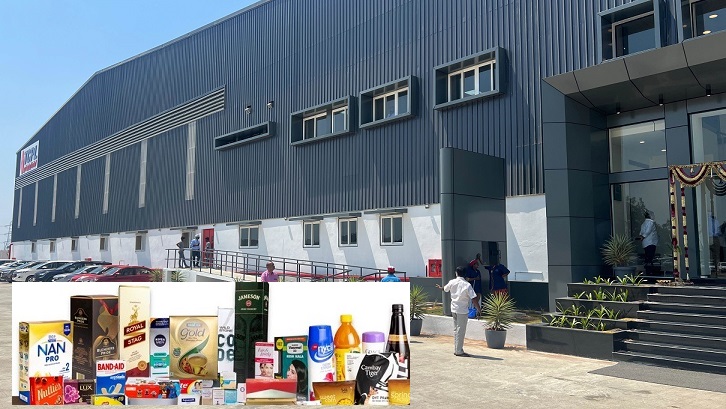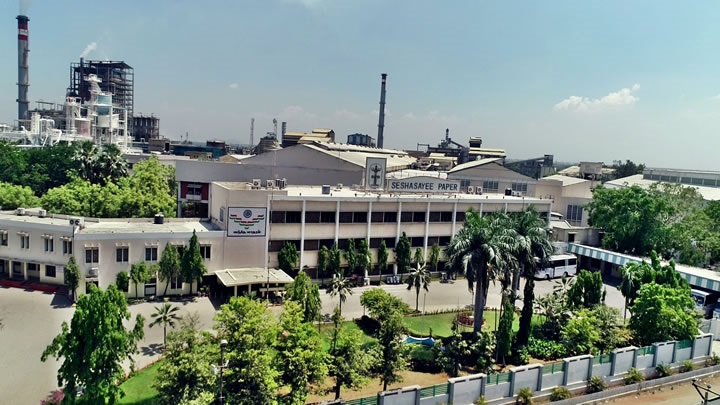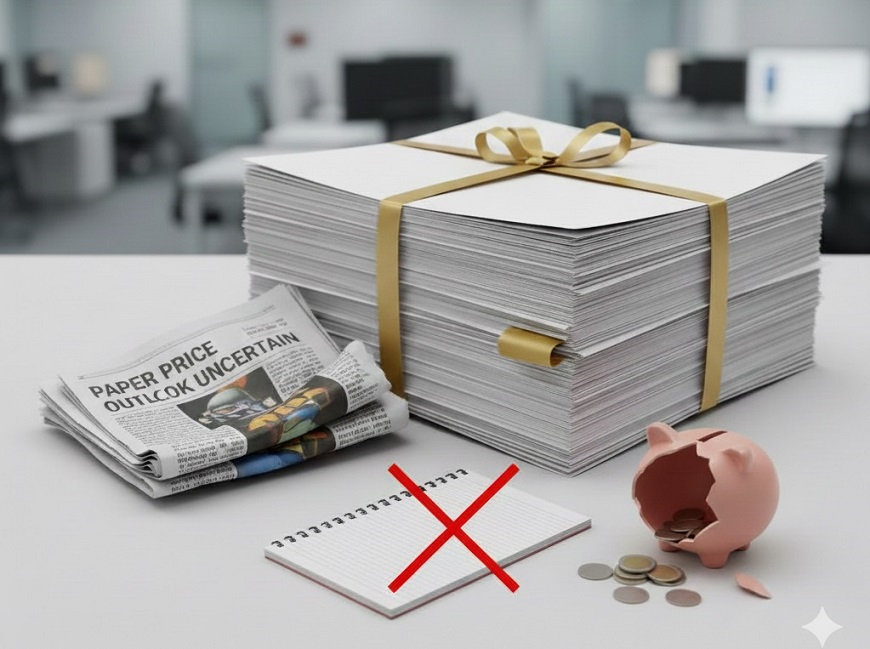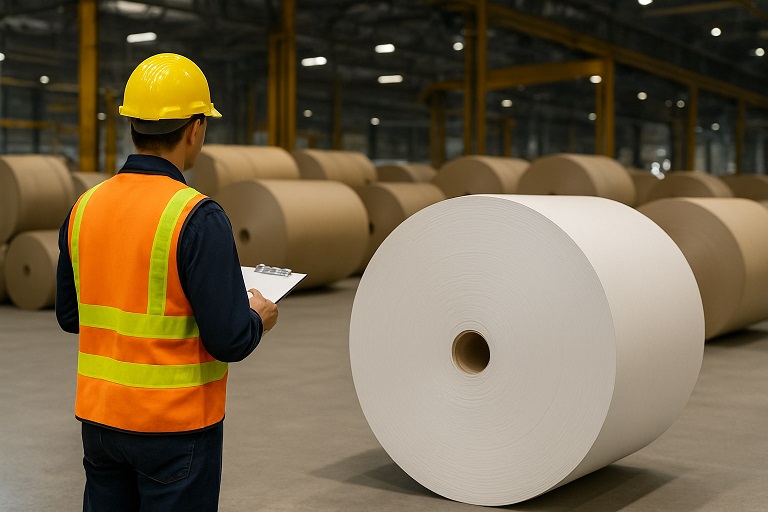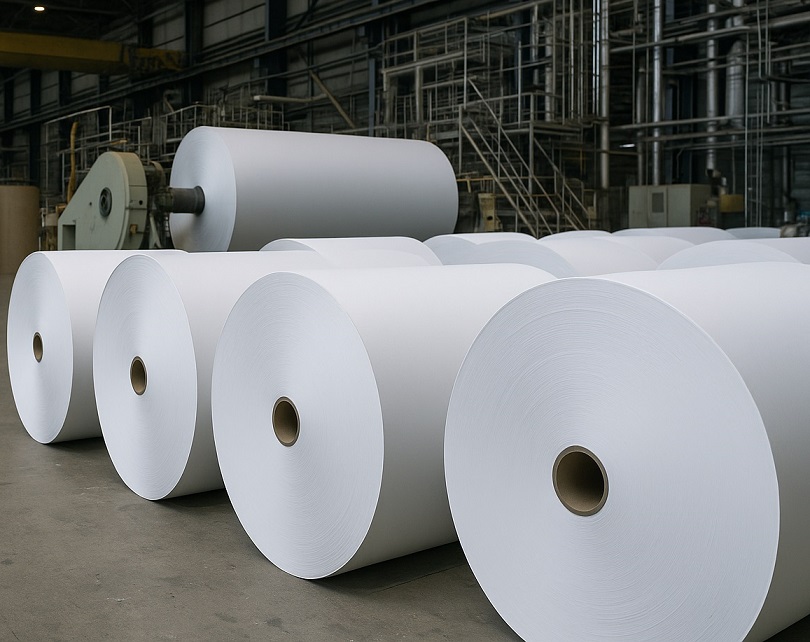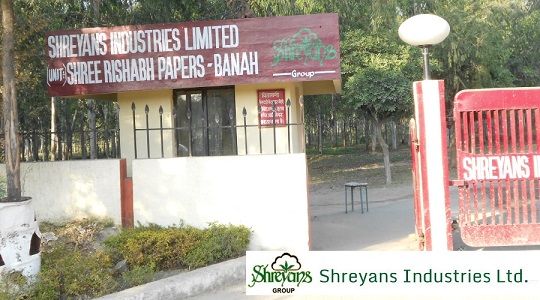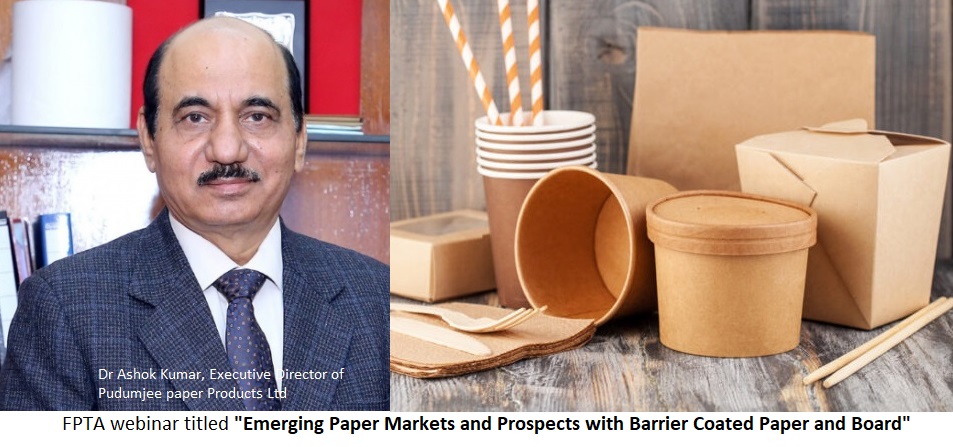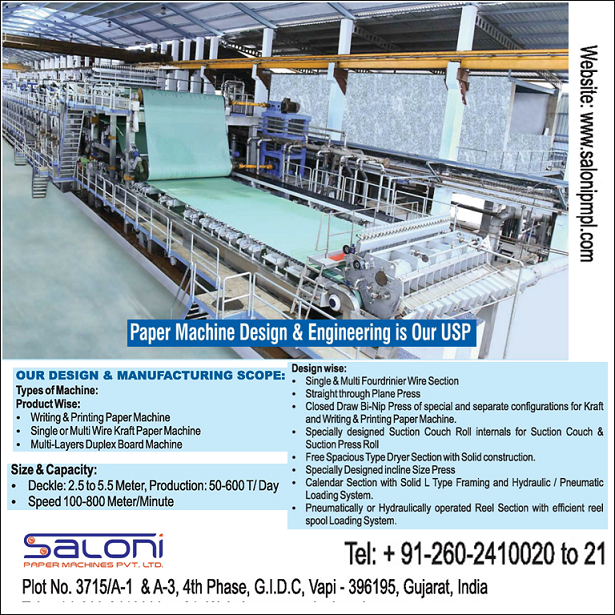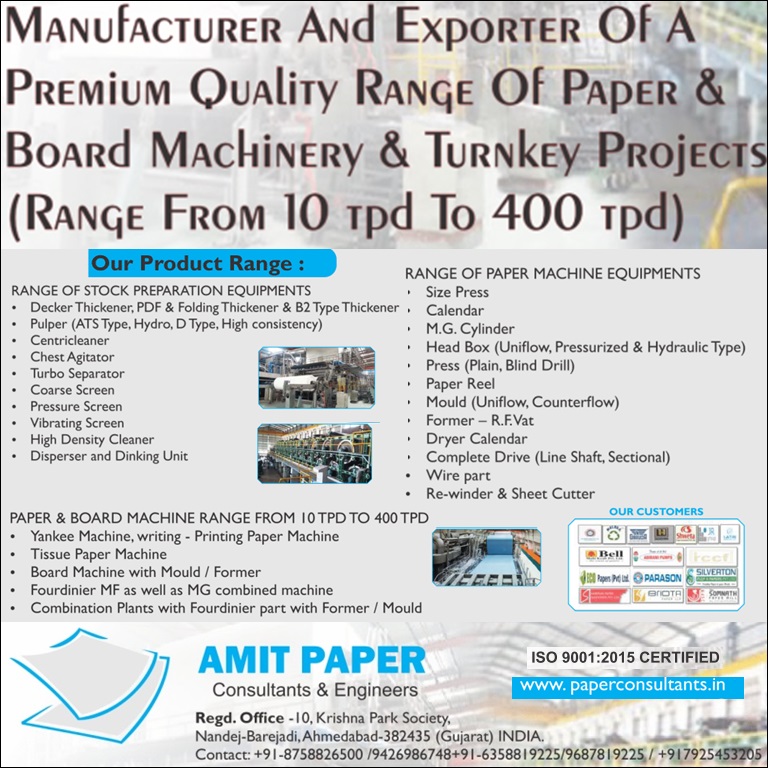Price hike in packaging board and duplex amid low demand and a substantial drop in new orders for kraft paper

Price hike in packaging board and duplex amid low demand and a substantial drop in new orders for kraft paper
-There is a consistent gap of Rs. 8–8.5 per kg between the cost of waste paper and the selling price of finished craft paper
-Prices of duplex boards were raised by Rs. 2–2.5 per kg, and Kraft paper rates in Western Uttar Pradesh and Northern India saw a Rs. 2 per kg hike
-Kraft waste paper rates in Morbi, Gujarat, dropped by Rs.1 per kg and are now at Rs.18,500 to Rs.19,000 per metric ton, due to poor demand and a payment shortage in the industry
The Pulp and Paper Times, May 20, 2025
The Indian Kraft paper and packaging board sector, particularly the duplex board segment, continues to face significant headwinds, with market conditions remaining weak for the past 8–9 months. Industry insiders report sustained low demand, production cuts, and declining profitability.
According to a recent update shared by Indian Recovered paper Traders Association (IRPTA) president Mr. Naresh Singhal, most paper mills are operating only 18–20 days per month due to a lack of demand, with regular 5-day shutdowns now routine for many mills. Despite attempts to stimulate sales through flexible payment terms, dealers are hesitant to stock inventory.
However, current market behavior tells a different story. Dealers in SBS and FBB grades are struggling due to competition from cheaper imports, particularly FBB coming in at lower rates from abroad. After the May 18 meeting, prices of B-grade mills of duplex boards were raised by Rs. 2–2.5 per kg, and Kraft paper rates in Western Uttar Pradesh and Northern India saw a Rs. 2 per kg hike. Yet these increases failed to impact the market significantly due to muted demand.
"We are compelled to increase the prices of Virgin Packaging Board Grades due to significant rises in input costs and currency fluctuations. To mitigate the impact on production costs, we propose a price hike of INR 3,150/MT for Virgin Packaging Board Grades," Emami Paper Mills stated in its circular dated 12 May 2025.
ITC-PSPD informed its channel partners that the rising cost of raw materials and the current difficult market phase are impacting operations. "To partially mitigate this impact, we are announcing a price increase of INR 3,000 per MT, effective from 15 May 2025, applicable to all Virgin Fibre-based products. Kindly take note and communicate this to all customers and associates accordingly."
“There is a consistent gap of Rs. 8–8.5 per kg between the cost of waste paper and the selling price of finished craft paper,” Mr. Singhal stated, adding that such margins are unsustainable for mill operators.
Talking to The Pulp and Paper Times, Mr. Pankaj Mishra, Head of Sales & Marketing at Vamshadhara Paper Mills, said, the current situation in the Kraft paper industry is quite challenging. Demand has significantly weakened, leading to a substantial drop in new orders. Many manufacturers are struggling to maintain consistent order volumes, resulting in an oversupply of finished goods. This overproduction, combined with sluggish market activity, has put pressure on inventories and cash flows. At the same time, there is a notable shortage of raw materials, further complicating production planning and operational efficiency. The imbalance between supply and demand, along with raw material constraints, is creating a difficult environment for Kraft paper producers to sustain profitability and stability.
In a webinar held by the Paper Merchant Association of Delhi on May 18, stakeholders discussed the long-term future of the sector. The Indian Recovered Paper Traders Association also conducted an internal survey, where 80% of participants expressed confidence that craft paper and duplex boards would dominate demand in the near future compared to other grades.
May is typically a peak collection month for waste paper, fueled by increased availability of used books, newspapers, and notebooks. Despite this, domestic waste paper rates have not dropped as expected, primarily due to reduced imports and mills relying more heavily on local materials. With Delhi temperatures soaring to 45–50°C, waste collection activities are expected to decline until early July.
Looking ahead, industry insiders do not foresee major price movements before July 10. “The market may stay stable or fluctuate within a narrow range of 2–3%,” said Mr. Naresh Singhal, citing limited demand and slow payment cycles across the supply chain.
“The demand is expected to remain weak for the time being, and prices are showing significant fluctuations. Because of this instability and uncertainty in the market, it is difficult to make any firm commitments or predictions about when demand might improve or prices might stabilize. The current situation requires careful monitoring, as the unpredictable nature of price movements makes it challenging to plan or forecast with confidence,” Mr. Pankaj Mishra added.
In conclusion, while the long-term outlook for the packaging segment remains cautiously optimistic, immediate conditions continue to challenge both producers and traders. The sector now watches mid-July as a potential turning point for recovery.
Tariff Impact:
On the Trade Tariffs, Mr. Mishra said, “The imposition of tariffs on Chinese paper exports to the United States is expected to have ripple effects across the global paper market. As access to the U.S. market becomes more restricted and less profitable, Chinese paper mills will likely seek alternative outlets for their excess production. This could result in a surge of low-cost paper being redirected to other Asian markets, particularly price-sensitive countries like India. Such a move would intensify competition and significantly increase the supply in these regions, potentially driving down prices and putting pressure on local manufacturers. In the long term, this oversupply could destabilize the regional paper industry, leading to margin compression and financial strain on domestic producers”
Mr. Mishra further said, that India relies heavily on imported waste paper to meet its raw material needs for the paper industry. A significant portion of this waste paper comes from countries like the United States. If India were to increase tariffs on goods imported from the U.S., it could prompt a retaliatory response from the U.S., leading to higher tariffs on exports from the U.S. to India, including waste paper. This would make the import of waste paper more expensive for Indian manufacturers. As a result, the increased costs could lead to higher prices for paper products in India, potentially disrupting the market and affecting both producers and consumers. The higher import costs may also impact the competitiveness of Indian paper products in the global market.
Web Title: Price hike in packaging board and duplex amid low demand and a substantial drop in new orders for kraft paper





 Join WhatsApp Group
Join WhatsApp Group Join Telegram Channel
Join Telegram Channel Join YouTube Channel
Join YouTube Channel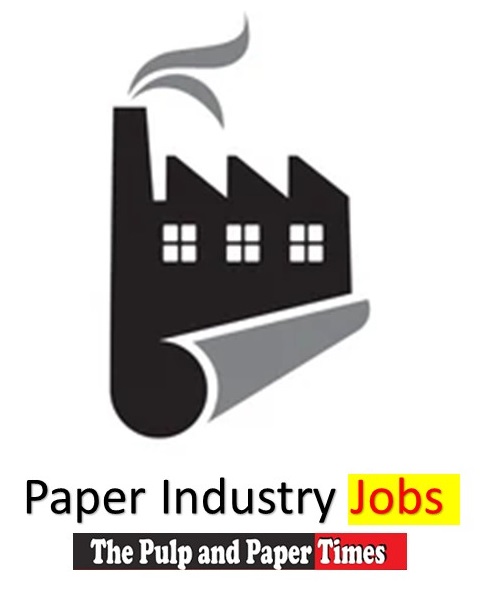 Join Job Channel (View | Submit Jobs)
Join Job Channel (View | Submit Jobs) Join Buy Sell Channel (Free to Submit)
Join Buy Sell Channel (Free to Submit) Paper News Headlines Channel (Free to read)
Paper News Headlines Channel (Free to read)





